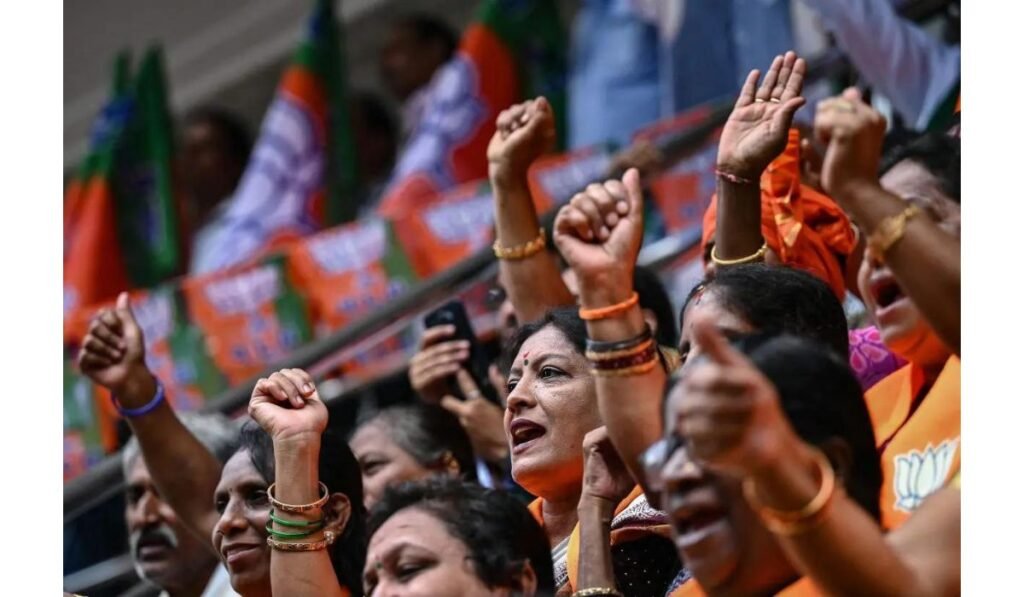As vote counting neared completion, Indian Prime Minister Narendra Modi’s alliance approached a narrow majority. However, the tally fell well short of the anticipated landslide victory.
Commentators and exit polls anticipated an overwhelming victory for Modi, whose campaign targeted the Hindu majority. This raised concerns over minority rights, particularly among the Muslim community.
Figures from the election commission indicate Modi’s BJP might not secure an overall majority. This suggests reliance on alliance partners.
The main opposition Congress party was poised to nearly double its parliamentary seats. This turnaround was largely driven by strategic deals against the BJP’s electoral dominance.
With more than 95 per cent of votes counted, the BJP’s vote share at 36.9pc was marginally lower than it was in the last polls in 2019.
Modi retained his Varanasi constituency with a margin of 152,000 votes. This was a decrease from nearly half a million votes five years ago.
The election commission figures showed the BJP and its allies leading in at least 292 seats out of a total of 543, enough for a parliamentary majority.
But the BJP itself had won or was leading in only 240, well down from the 303 it took five years ago, while Congress had won or was ahead in 98, up from 52.
Furthermore, the absence of a landslide victory for the Modi alliance suggests a more balanced political landscape, with opposition parties also making their presence felt. This scenario necessitates adept coalition-building and governance strategies to effectively address the diverse needs and aspirations of the Indian populace.
read more
image source








